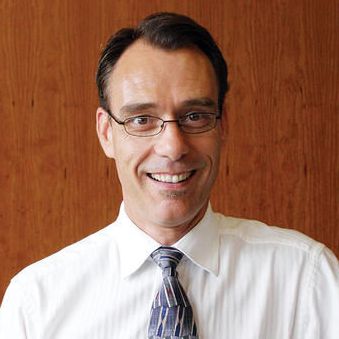A recent Globe and Mail business editorial asks this question with the author suggesting several business-related reasons why alcohol sales should be completely privatized in BC. But the terms of reference for the current policy review clearly recognizes that alcohol needs to be handled differently than other products in the marketplace. Government liquor boards in Canada were created for two main purposes: (1) to maximize public revenue from the sale of alcohol and (2) to ensure that alcohol retailing is conducted in a way that minimizes alcohol-related harm and costs.
On the issue of maximizing public revenue, the experience of our neighboring province, Alberta, is telling. Alberta ended all government sales of alcohol in 1993 and almost immediately, the prices charged by private retailers started to rise. Because of the upward pressure on prices, the government had to reduce taxes on alcohol in an effort to fulfill its promise that retail prices would not go up under privatization. Ten years later, economists estimated that this process ended up costing the government of Alberta a whopping $500 million dollars in lost revenue over the preceding decade. Less revenue from alcohol means fewer resources to fund education, health care and other essential public services.
In regards to minimizing harm and costs, the case is equally clear. One of the most consistent effects of privatization is a large increase in retail outlets and hours of operation. While this is definitely more convenient for consumers, the story is not all good news. In Alberta, for example, the number of liquor outlets has quadrupled under privatization and now Alberta has one of the highest per capita drinking rates in Canada. In BC, partial privatization in 2002 doubled the number of outlets. Per capita consumption rose sharply following the change and then fell during the economic recession, and the rate of alcohol-related hospitalizations is up by 16%. The bottom line: increased availability leads to higher drinking rates which lead to more harm and more alcohol-related costs for government creating a lose-lose arrangement when coupled with the effect of less revenue.
Secondly, pretty much everyone agrees that alcohol should not be sold to minors or to patrons who are already visibly intoxicated, and all jurisdictions in Canada have laws prohibiting such sales. Research consistently shows that private retailers do worse than government liquor stores when it comes to carding underage buyers and refusing sales to intoxicated patrons. For example, a recent “sting” operation conducted by the Liquor Licensing and Control Branch found that employees of private liquor stores in BC were four times more likely to sell alcohol to minors than employees of government liquor stores. Given these data, the Provincial Health Officer of BC went so far as to conclude that youth access to alcohol has increased with the expansion of private liquor stores in BC. In 2011, CARBC field researchers noted examples in private stores across BC of underage youth and highly intoxicated patrons purchasing alcohol. In one case, we observed an intoxicated driver stumble into a private store and successfully purchase liquor.
Finally, research consistently shows that risky and heavy drinkers tend to purchase cheaper alcohol. In an effort to keep alcohol from becoming too inexpensive, BC and most other provinces in Canada implement minimum social reference prices to help reduce risky consumption. Effective policies like minimum prices are relatively easy to implement in government stores because price is set on a uniform basis across the province and changes only infrequently. Pricing in non-government stores is much more variable with some private retailers actually pricing below government established minimum prices to compete in the marketplace. Cheap alcohol means more risky consumption, more harm and more costs for alcohol related problems.
Although the goal of making a profit from the sale of alcohol is the same whether it is sold in government or privately operated stores, evidence suggests that government outlets consistently do a better job of balancing public health and safety concerns with business interests.
Shouldn’t the government remain the leading retailer of alcohol in the province if it means more revenue and less costs?
Author: Gerald Thomas
Author: Alissa Greer



